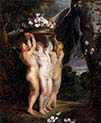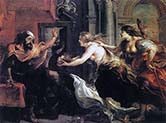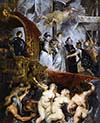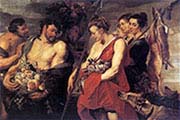Peter Paul Rubens
1577-1640 Flemish/Baroque
Pages 2. 3.
Click an Image to Enlarge
Hippopotamus
and crocodile

Self-
portrait-

View
of Het Steen

The
Three Graces

Nature Adorning
the Three Graces

The
Circumcision

The Last
Judgement

The Meeting of Marie
de Medicis-

Three
Graces

The
Straw Hat

Head
of Medusa

Albert
and Nicolass

Descent

Tereus
Confronted

Marie
de Médici

Village
Fete

Summer
Landscape

Fall of
the Damned

Romulus
and Remus

Head
of a Child

Old
Woman

Diana
Presenting-

Night
Scene

The
Massacre-

Judgment
of Paris

Manacled
Prometheus

Self-
portrait

The Duke
of Lerma

Adoration of
the Shepherds

Venus at
the Mirror

Elevation of
the Cross

Allegory on
Emperor Charles

Christ
Resurrected

Christ at Simon
the Pharisee

Cupid Making
His Bow

Dance of Italian
Villagers
